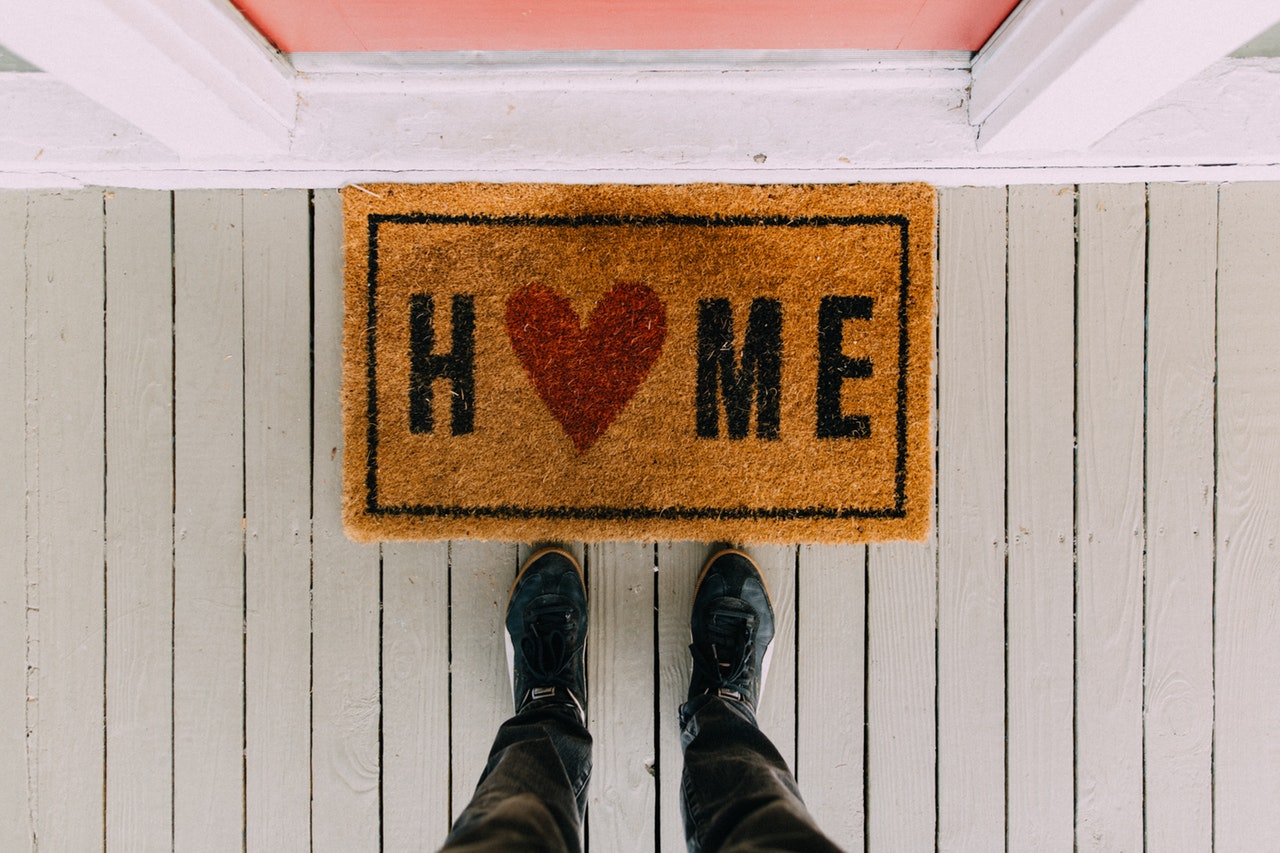Super-Smart advances in Security, Tech and Entertainment will transform homelife, making homes across the world more secure, convenient and sustainable by 2040, according to new report from Allianz Partners
By the year 2040, new homes will be digital fortresses that will be protected by security systems based on the occupants’ biometrics and facial pattern recognition (FPR) software. Living with robots will be the norm; they will take over many daily household tasks and provide companionship for their owners. Our homes will host virtual entertainment and educational experiences that are fully immersive and interactive. That’s according to a new report from Allianz Partners, to help them anticipate the home-focused needs of their customers in the future.
‘Super-Smart Living – The Mid-21st-Century Home’ was launched today as part of ‘The World in 2040’ futurology series. Authored by internationally renowned futurologist, Ray Hammond, it presents likely future developments and trends expected to transform homelife and housing across the world between now and 2040.
Commenting on the report insights, Ray Hammond said: “The newly built super-smart homes of 2040 will be a platform for software and robotics which provide security, comfort, climate management and a constant stream of smart services and entertainment to its occupants and visitors. They will be more secure and sustainable than ever before. Thanks to a multitude of super-smart technologies which will be available by then, the average new home will use 75 per cent less energy and only one-third of the water used in a typical new home today. The reality is that by 2040, our homes will be a hub of the Internet of Things (IoT), and our day-to-day lives will be utterly transformed.”
The key insights from the report focus on multiple advances in technology, delivering greater security and comfort than ever before:
Impact on security
- The security systems used to protect the super-smart homes of 2040 will be based on the occupants’ biometrics. Facial-pattern-recognition (FPR) software will scan images of humans and pets (pet recognition software) outside and inside the property, in order to allow the appropriate access, whether that be via cat flap or front door, and only to those who are approved access.
- When a property is empty, householders will be able to check on their home, room by room, from wherever they are in the world. This data will be supplied to the owner’s preferred data interface, such as smart contact lenses, smart glasses, portable projection device or screen.
- ‘Burglars’ will be hackers rather than opportunistic criminals, and they will apply artificial intelligence (AI) techniques to launch assaults on home networks.

Data & Tech
- 7G will be the world standard for wireless communication technology in 2040 and this is likely to be at least 100,000 times faster than the 5G technology being rolled out in 2019. It will enable the rapid transfer of large design files, allowing the smart home of 2040 to become a 3D-printing centre with the ability to make clothing, toys, sports equipment, tools and many other items
- The data an owner will access in relation to their home will be rich and layered. The top level of data will provide security information, to show whether ‘everything is as it should be’. Owners will also be able to dig down more deeply into household data, allowing them to create an ambient temperature in each area of the house, and control the air quality and energy consumption of each room, based on climate and weather forecasts.
Comfort & convenience thanks to robots
- In the kitchen, robot chefs will follow recipes precisely, using smart, connected ovens and cookers that can be turned on remotely to the correct temperature and switched off automatically when cooking is complete.
- Smart fridges will monitor the freshness and quality of the food it stores and will re-order supplies, as required, paying for them with the owners’ preferred digital payments system.
- New-build houses and apartments will be 3-D printed on-site and staffed by teams of domestic robots in the home and garden. These super-smart houses and apartments will cost at least 60% less than today’s equivalent homes to build, with potential to bring an end the housing shortage that affects so many nations.
Leisure trends
- Occupants of super-smart homes in 2040 will be able to turn their living area into an immersive Holo-Cinema. This theatre will combine virtual reality, augmented reality and holographic technologies to create stunningly realistic and immersive gaming, travel, educational, sporting and entertainment experiences. Humans will not need to wear any special glasses or headgear but will literally stand or sit inside virtual events as they take place around them.





